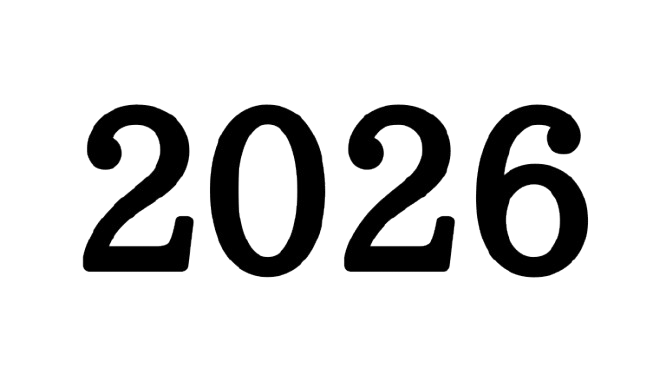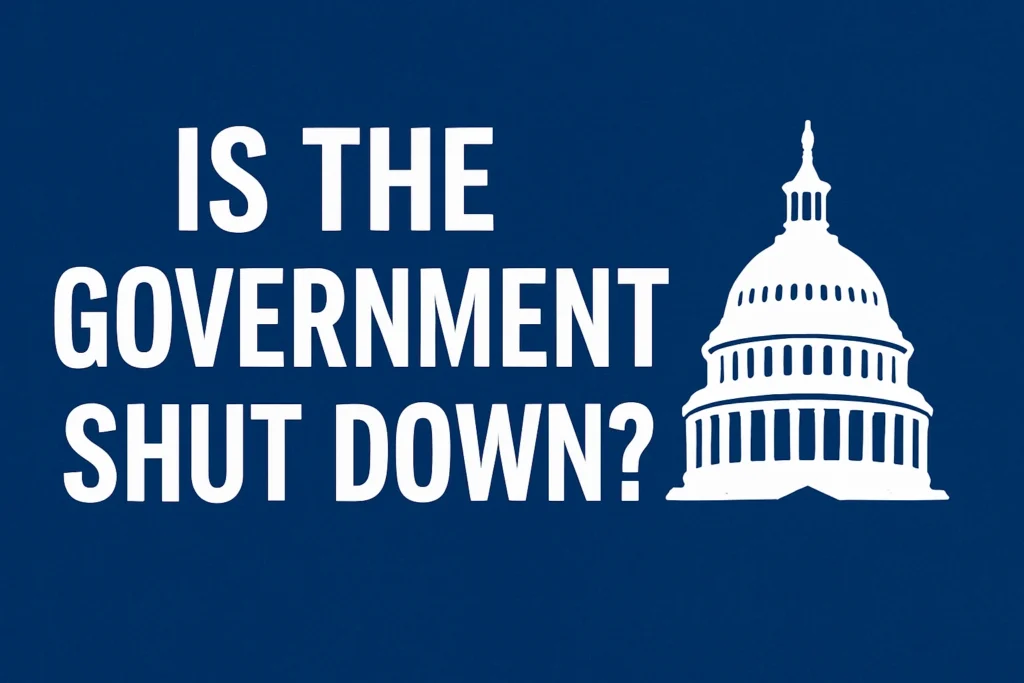Introduction
When you hear “government shutdown,” it sounds dramatic and it often has real consequences. But what does it actually mean, what leads to one, and how does it affect everyday people? In this article, we’ll break down the question: Is the U.S government shut down? We’ll explore the current status, historical context, likely fallout, and what you need to know. Because when funding lapses, millions feel the ripple effects.
Did the Government Shut Down Today?
As of October 1, 2025, the United States federal government has entered a shutdown at 12:01 a.m. EDT, following Congress’s inability to pass a funding bill or continuing resolution to keep discretionary spending live.
This is the first major shutdown of Trump’s second presidential term and comes amid bitter partisan divisions over federal spending, health care subsidies, and related budget items.
Because the shutdown is active, many federal agencies have curtailed operations, employees are being furloughed, and services are altered or suspended.
What Does a Government Shutdown Actually Mean?
A government shutdown happens when Congress fails to pass the necessary appropriations bills (or a short-term extension, called a Continuing Resolution) to fund government operations for the new fiscal year, which begins October 1.
When funding lapses:
- Non-essential discretionary functions are suspended or halted.
- Essential or mandatory programs tied to statutory obligations (e.g. Social Security, Medicare) often continue.
- Federal employees are furloughed (placed on temporary unpaid leave).
- Some agencies continue operations if they can use leftover or statutory funding not subject to the lapse.
- The shutdown lasts until Congress enacts funding or a resolution to reopen the government.
In short, a shutdown doesn’t mean every government function stops but many services, programs, and agencies do pause.
Why Did the Shutdown Happen?
There are several political and procedural causes converging in 2025:
- Congress could not pass the annual appropriations bills for Fiscal Year 2026 before the deadline.
- Efforts to pass a Continuing Resolution (CR) were blocked or failed to muster Senate support.
- Disputes over health care subsidies, Medicaid cuts, foreign aid rescissions, and overall federal spending differences fueled political gridlock.
- The Trump administration and congressional Republicans are pushing for stricter spending measures, which Democrats oppose on policy grounds.
Because no compromise was reached, the government automatically shut down when the clock hit midnight on October 1.
READ MORE: How Many Days Left for Trump Presidency?
A Brief History of U.S. Government Shutdowns
Shutdowns aren’t new. They’ve become more frequent in modern times.
- The first major shutdowns started in the 1980s after legal opinion required agencies to halt operations with no funding.
- Some notable past shutdowns:
- 1995–1996 shutdowns (Clinton era)
- 2013 (16 days) over Affordable Care Act disagreements
- 2018–2019 (35 days, during Trump’s first term) the longest partial shutdown in U.S. history
- By the time of 2025, this is the 21st federal funding lapse in modern U.S. politics.
Each shutdown reflects political standoffs, shifting priorities, and institutional strain.
What Services Are Affected – What Stays Open
Services Likely Closed or Reduced
- National parks, museums, and federal public sites often close or reduce staffing.
- Many federal agency programs (research, inspections, grant processing, regulatory oversight) are scaled down or halted unless they are required by law.
- Government contractors and discretionary projects may stop.
- Non-essential workforce paid by annual appropriations are furloughed.
Services That Continue
- Social Security, Medicare, Medicaid (mandatory spending) generally continue, though staffing constraints may slow administration.
- Law enforcement, military, air traffic control, border protection and other essential safety functions.
- Post Office often operates (funded separately).
- Some agencies with independent or non-appropriated funding sources may continue certain operations.
Because of the complexity of which services are “essential” or mandated, the impact is uneven across agencies and states.
How Many Workers Are Affected?
Officials estimate that ~750,000 federal employees may be furloughed during this shutdown.
Some agencies are preparing plans not just for furloughs, but mass firings (reductions in force, or RIFs) in programs not considered essential, especially under Trump’s administration.
Within health agencies, up to 41% of workers in HHS may be affected (furloughed) depending on how the department defines “essential roles.”
Federal employees impacted include researchers, administrative staff, regulators, and support personnel whose roles depend on discretionary funding.
Economic / Social Consequences
- Lost wages for furloughed workers affect consumer spending and local economies.
- Delays in grants, permits, regulatory approvals, and contractor payments.
- Disruption of services in health, research, and public safety.
- Political blame consequences historically shutdowns can hurt public trust in government and influence midterm elections.
- Credit rating agencies warn of negative consequences if the shutdown extends.
How Long Can a Shutdown Last?
It’s impossible to know exactly. Past examples show variation:
- Short shutdowns: hours to days
- Longer ones: 16 days (2013), 35 days (2018–2019)
- The longer a shutdown drags on, the deeper the damage to services, morale, and public trust.
Based on current political deadlock, some analysts warn it could last weeks unless Congress compromises.
What You Should Do / What to Watch
- Monitor Congress’s actions whether they pass a Continuing Resolution or full appropriations
- Check your agency or program if it’s federally linked
- Keep an eye on news from OMB and agency shutdown plans
- For federal workers: Check if your role is “essential” or furloughed
- For citizens: expect delays in non-essential services; emergency and critical services likely still operate
FAQs
Is the government shut down right now?
Yes! as of October 1, 2025, federal funding lapsed.
Did the government shut down today?
Yes! at the start of the new fiscal day (12:01 a.m. EDT).
Why does the government shut down?
Because Congress fails to pass funding bills or a stopgap continuing resolution to authorize discretionary spending.
What does a shutdown affect?
Discretionary services, non-essential staff, regulatory actions, federal programs reliant on annual funding. Essential health and safety services often continue.
How long will it last?
Unknown past shutdowns range from days to weeks; the longer it lasts, the bigger the impact.
What is furlough?
Temporary suspension of work without pay for non-essential federal employees during a funding lapse.
Is Social Security affected?
Generally no mandatory spending like Social Security continues, though administrative slowdowns are possible.
Conclusion
Yes the government is shut down as of October 1, 2025. The shutdown results from political standoffs over spending bills and a failure to pass a continuing resolution. The consequences are real: hundreds of thousands of federal workers furloughed, disruption of non-essential services, and economic ripple effects.
While essential services likely remain active, the longer the shutdown continues, the deeper the disruption. Keep tabs on Congress’s moves, and expect uncertainty until funding is restored.

